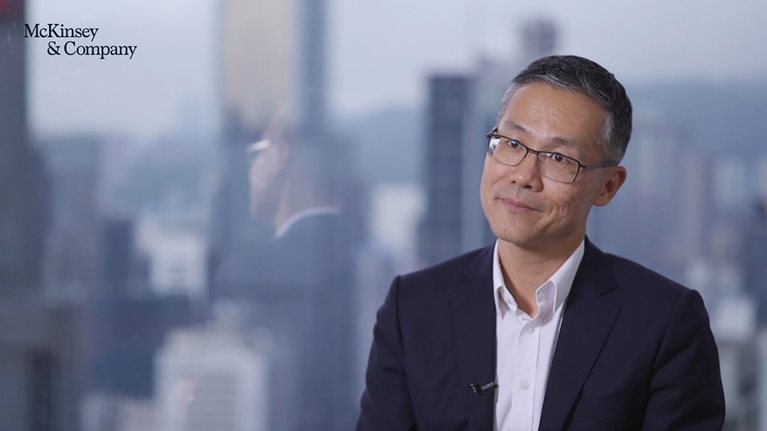What are the top trends influencing Asia’s rising share of global flows and networks?
Korea has played and will continue to play a very important role in the evolution of Asia’s flows and networks.
Not just in terms of trade of goods and services, but also in other two important dimensions, like people, capital and even culture.
Korea is a very trade dependent trade driven economy. The total export import value is more than 70 percent of Korea’s 1.6 trillion dollar economy—almost double the level of Japan and higher than most countries around the world.
What’s more important to recognize, besides the magnitude of trade is the fact that these trades, not just in Korea, but in many of the Northeast Asian countries, is based on very tightly interlinked multilateral collaboration. Therefore the stability and robustness of these supply chains in Korea, in Northeast Asia, broader Asia will be very critical not just to Asia, but also to global markets.
In terms of people, South Korea is also a very important driver of people flows all across Asia and all over the world. Korea is both a favorite destination, and a very active exporter of students looking for tertiary education over the last 10 years.
Korea has driven a meaningful amount to the growth of Asian international students in the world, and again, Korea has become a very much of a hotspot for many Asian students coming to Korea to seek education and the broader experience.
In terms of capital, Korea’s collaboration is expanding rapidly across Asia beyond Northeast Asia. So for example with Vietnam, Korea accounts for 33 percent of all FDI inflows into that country, and the figures are even higher for countries like Myanmar. And that trend will only continue into the future.
Last but not least, in terms of culture South Korea is a very active, exciting exporter of cultural products—all the way from Korean drama, like Descendants of the Sun to Korean music called K-pop. BTS, as many people may already know, is one of the latest K-pop phenomenons. And their fan base, in terms of size, rivals that of Ariana Grande—over a hundred million people. And considering the fact that most of their songs do not have English-based lyrics, that is actually quite an impressive trend. Many people don’t know that the fanbase of BTS is called an A.R.M.Y., and if you don’t know what A.R.M.Y. stands for in terms of its acronym, you may have trouble connecting with your teenage sons and daughters.
That says a lot about how Korea is actually getting connected—not just in terms of products and services, but software, soft power—like culture in Asia, but also far broader across the world, from Turkey to Brazil and North America.
Would you like to learn more about the Future of Asia?
How should companies and governments prepare for this next phase of globalization?
In Asia, the combination of socio-economic development and the birth and growth of the digital economy is creating a very profound change and impact on many companies—in terms of the breadth of capabilities that they need to now have to be able to compete and succeed in the world.
So on one hand, the digital economy is giving birth to companies with a very short history, but with scale that is truly global; with a competitive advantage that can churn out new products and services with marginal cost that is approaching zero. It is very difficult to compete with those, and the scale that’s required to compete globally has become much more difficult on one hand.
On the other hand, the economic growth that’s occurring across all Asian countries is giving birth to cities that we don’t know about but we need to know about. So for example in Indonesia, the attention of the many business leaders go way beyond cities like Jakarta, and we need to understand what’s happening in cities like Bekasi.
In Vietnam, everybody’s interests are probably focused on cities like Hanoi or Ho Chi Minh City. We need to understand what’s going on in cities like Hai Phong. And this goes on.
And for corporations to be able to tap into the opportunities like this, they need to have a microscope—in addition to a telescope—to begin to understand what cities will rise and become superstars of the future.


